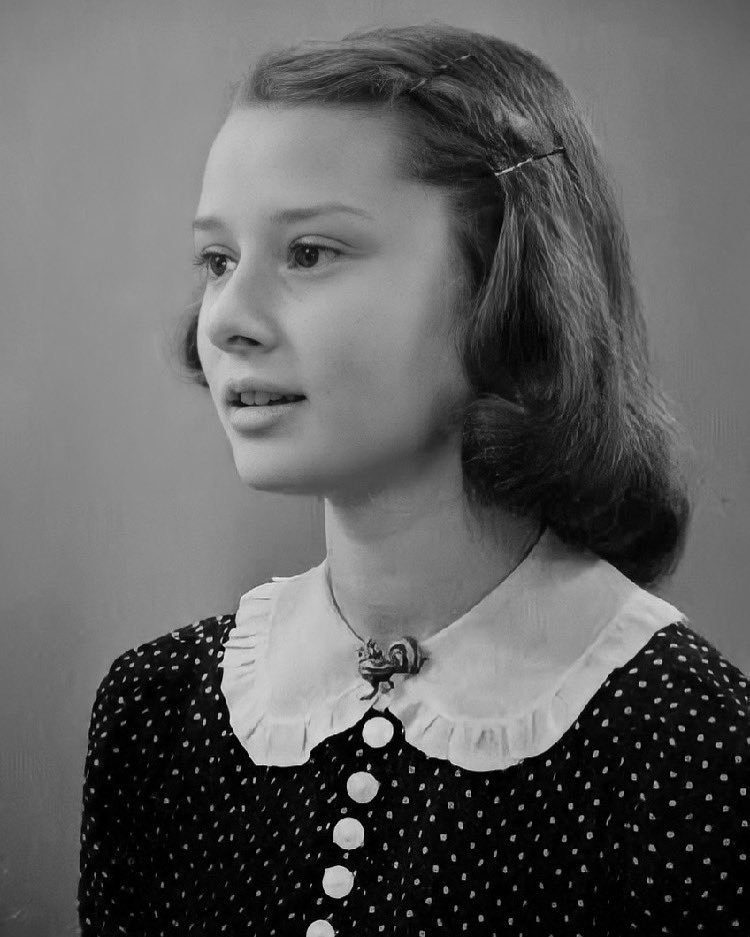
Since the beginning of the 1960s, the busy star who joked at openings with Alberto Sordi and danced with Renato Rascel had been assembling a Roman circle of friends and making a home in the city. She slowly withdrew from the spotlight, and her priorities began to change. It is a fact that in 1961 my mother went to the Rome premiere of Breakfast at Tiffany’s with Olimpia Torlonia, my father’s best friend, but seven years passed before my mother actually met my father.Īt the time of her marriage to my father and my birth, in 1970, my mother’s public life as an actress and the days of paparazzi photographs came to an end, by her choice. Over the years, I’ve met several people who claim to have introduced my parents.
#LUCA DOTTI MOVIE#
In the short movie of the event filmed by my uncle Luca, Pierluigi can be seen kissing my brother, Sean, on the forehead. Pierluigi became a member of the family, one among the few invited to my parents’ wedding, in Morges, Vaud, Switzerland, in 1969. He caught her perfectly on the terrace of the Hotel Hassler when she opened the telegram announcing her New York Film Critics Circle best-actress award for The Nun’s Story. Actresses loved even his off-set photographs, because, while his photos celebrated the diva aspect of their personalities, Pierluigi was also able to capture something deeper. Pierluigi inspired the climactic scene in La Dolce Vita, having portrayed his friend Anita Ekberg illuminated by his car’s headlights as she waded across the Trevi Fountain at the end of an evening of clubgoing. He was an omnipresent photographer of the “Hollywood on the Tiber” scene, and he was often requested to take photographs for William Wyler, King Vidor, Vittorio De Sica, and Federico Fellini. Her favorite shots were those taken by Pierluigi Praturlon.

My mother had her favorites, to whom she gave exclusive shots in exchange for flattering images. In those days, actors and photographers often developed friendships.
#LUCA DOTTI FULL#
Even so, she can’t be given full credit for her dignified appearance. Aided by her training in classical ballet, she naturally displayed impeccable composure on every occasion.

Mamma was never caught off guard by them, at least not while doing anything worse than wearing a sleepy expression late at night in a club. The Romans experienced the real-life dream of seeing foreign stars descend from the silver screen to stroll the streets of their city, pursued by hordes of photographers eager to immortalize them. Along with these giant producers came meticulous craftsmen who were inspired to create epic films their efforts were made public by cunning press agents. With investments from producers such as Carlo Ponti and Dino De Laurentiis, Italian cinema proved itself capable of giving lessons and collecting awards, even from America’s Hollywood- La Strada (1954) and Le Notti di Cabiria (1957), both directed by Federico Fellini. The Italians didn’t just stand there looking. The major film companies sent their stars to Rome, from Montgomery Clift to Orson Welles to Anthony Perkins (photographed chatting with my mother during a flight to Taormina), from Shelley Winters to Ava Gardner. These were the years of Rome as “Hollywood on the Tiber,” a nickname that dated back to Quo Vadis (1951), when the city was transformed into a giant film set. When she stepped off the airplane at Ciampino Airport, she was welcomed as a foreign star (at the time mistaken for an American), but by then she was Roman by adoption. In 1955 she came to Rome again to film the colossal War and Peace at Cinecittà.

With that film, my mother became almost a second Colosseum: an icon of the city, an icon of a different, free-and-easy Roman spirit that was symbolized by a girl who traveled the world on a Vespa. My mother’s fame began with her role in Roman Holiday (1953), made only a short time after World War II, when people were still recovering from the loss and deprivation it had caused. Her life wasn’t always like this-quite the opposite. Sometimes these private moments were captured when a photographer happened upon her as she stood on a side street near Campo de’ Fiori with her husband, waiting for her mother-in-law to buzz them in for Sunday lunch.
#LUCA DOTTI DRIVER#
During the nearly 20 years in which Mother lived here, many people in Rome knew her the way that taxi driver did: as a woman who was fond of taking her children to school and of going on long walks with her dogs. Years ago I used to bring a beautiful woman here.” That woman was my mother, Audrey Hepburn, but with the strange grace Romans can so unexpectedly display, he refrained from naming her. © Archivio Storico Luce Digital Colorization by Lorna Clark.Ī short time ago, while letting me off by my doorstep in Rome, a taxi driver said to me, “I know this place. Famous leave the Hotel Hassler, on the Piazza Trinità dei Monti, 1960.


 0 kommentar(er)
0 kommentar(er)
